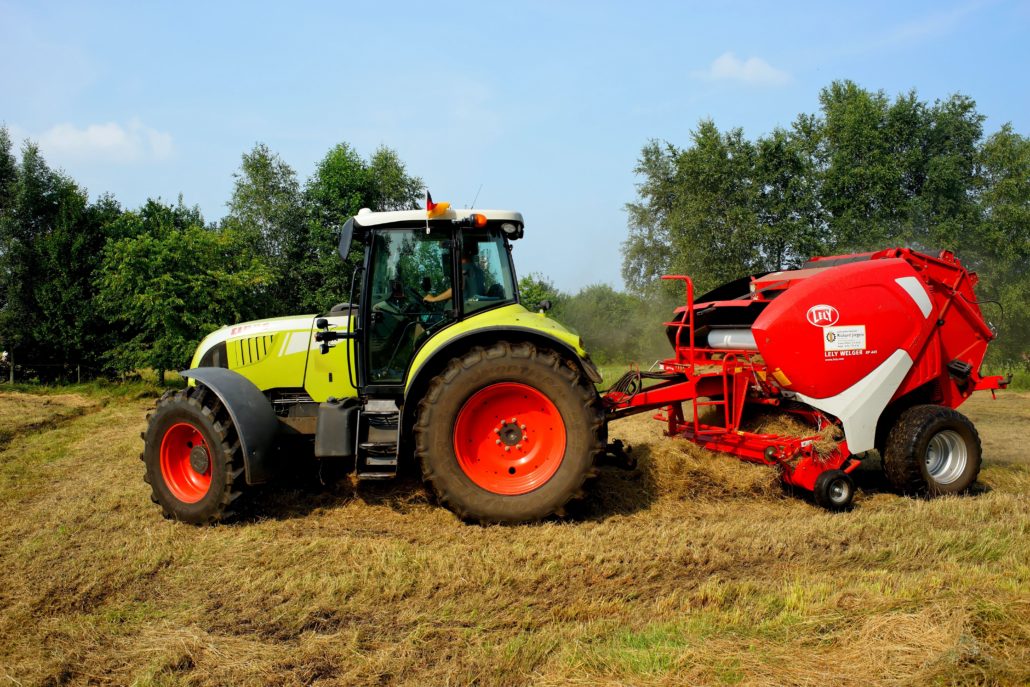 The season of baling hay is just around the corner; as we continue to move into the warmer months, it’s time to start planning. What are you going to do differently this year to improve your hay product? Practicing better techniques for baling hay is a good place to start. By making a few simple changes you can really up the quality of your hay product.
The season of baling hay is just around the corner; as we continue to move into the warmer months, it’s time to start planning. What are you going to do differently this year to improve your hay product? Practicing better techniques for baling hay is a good place to start. By making a few simple changes you can really up the quality of your hay product.
High-quality hay and a good bale start with the moisture. Try not to bale when the hay is too dry, or too wet. By closely watching the moisture levels and weather forecast before you begin harvesting, it is easier to reduce leaf shatter and loss of nutrients. If the hay becomes too dry before baling the leaves begin to fall off and the stems become stiff and brittle. The majority of the hays nutritional value lies within the leaves, as we learned about HERE, so we need to do what we can to keep it from drying too much. The worst-case scenario when the hay moisture content is too high is obviously fire. This occurs when the bale expands due to high moisture content and tries to shed the excess moisture. The warm environment fuels the growth of mold and bacteria, stripping the overall nutrients of the hay.
Ultimately, even with it’s vital importance to feeding livestock, hay is a relatively simple crop to grow and harvest. So how do you produce the best bales that you can? There are many techniques ranging from old-timey to flashy and modern but it all really boils down to three main considerations before, during, and after the bale is produced. To keep your livestock “fat and happy” during the leaner seasons of the year, pay attention to these helpful tips during the hay baling process.
Baling Hay Tips
- First of all, you need to check your equipment. Is your baler tuned up? Is there enough twine? Paying attention to your equipment while you are bailing hay can save you from a myriad of headaches. With moisture being such an important part of this process, you need to make sure that your equipment is running efficiently and timely so that you stay within the ideal moisture window.
- You should always start with your windrows to make sure they are wide and uniform. Windrows that are wide and uniform help your bailer maintain efficiency with consistent density and shape among your bales as you move through the field baling hay.
- Pay attention to bale density. While baling hay, even if your bailer has a density gauge, you should still get out of the tractor to check the density every so often. When checking a bale, you should not be able to stick any fingers in it, and if you kicked the bale, it should hurt your foot. A properly dense bale will provide a longer shelf life of the product by reducing leaf shatter and protecting the hay from the elements.
These three things: moisture, proper windrows, and bale density can be the difference between poor or high-quality hay, and as a producer, your job is to make the best product you can. Little changes can make big differences, to your product and your pocket-book.